

Articles
How To Paint Kitchen Sink
Modified: January 7, 2024
"Discover expert articles on how to paint your kitchen sink and transform the look of your space. Get step-by-step instructions and tips for a successful DIY project."
(Many of the links in this article redirect to a specific reviewed product. Your purchase of these products through affiliate links helps to generate commission for Storables.com, at no extra cost. Learn more)
Introduction
Are you tired of your old, worn-out kitchen sink? Do you want to give it a fresh, new look without having to spend a fortune? Well, look no further! In this article, we will guide you through the process of painting your kitchen sink to transform it into a stylish and updated focal point in your kitchen.
Painting a kitchen sink can be a cost-effective and fun way to update your kitchen decor. Whether you want to change the color of your sink or simply refresh its appearance, painting can breathe new life into an old, worn-out sink. Plus, it allows you to add a personal touch to your kitchen by choosing a color that suits your style and complements your existing kitchen design.
Before diving into the painting process, it’s important to note that not all sink materials are suitable for painting. Cast iron, porcelain, acrylic, and stainless steel sinks are excellent candidates for painting, while composite granite, quartz, and solid surface sinks may not yield satisfactory results. Make sure to check the material of your sink before proceeding with the painting process.
Now that we have covered the basics, let’s dive into the step-by-step process of painting your kitchen sink. In the next section, we will discuss how to prepare the sink for painting, ensuring a smooth and long-lasting finish.
Key Takeaways:
- Transform your kitchen sink into a stylish focal point by painting it with the right materials and techniques. Follow the step-by-step process for a cost-effective and rewarding update.
- Maintain the beauty and longevity of your painted sink by using gentle cleaning methods, avoiding harsh chemicals, and incorporating regular maintenance into your cleaning routine. Enjoy your transformed kitchen sink for years to come!
Read more: How To Paint Sink
Step 1: Preparing the Sink
Before you start painting your kitchen sink, it is essential to prepare the surface properly. This will ensure better adhesion of the paint and a longer-lasting finish. Follow these steps to prepare your sink:
- Remove any accessories: Start by removing any accessories or fixtures attached to your sink, such as faucets, drains, and handles. This will allow you to paint the sink surface evenly and avoid any obstruction.
- Clean the sink: Thoroughly clean the sink using a mild detergent or a cleaner suitable for your sink’s material. This will remove any dirt, grease, or soap residue that may interfere with paint adhesion. Rinse the sink thoroughly and let it dry completely.
- Protect surrounding areas: Use painter’s tape to cover the surrounding countertops and cabinets to protect them from accidental paint splatters. Ensure that the tape is applied securely and covers the entire perimeter of the sink.
- Open windows and provide proper ventilation: Painting can release fumes and odors that may be harmful if inhaled. Open windows or turn on exhaust fans to provide proper ventilation in the area where you are painting. This will help dissipate any strong odors and maintain a safe environment.
- Gather the necessary tools and materials: Before proceeding with the painting process, gather all the tools and materials you will need. This may include sandpaper, primer, paintbrushes or rollers, paint trays, painter’s tape, and a drop cloth or old newspapers to protect the surrounding area.
Once you have completed these steps, you are ready to move on to the next phase of the painting process: cleaning the sink. This step is crucial to ensure that the paint adheres properly to the surface and provides a smooth and professional finish. Keep reading to learn how to clean your sink effectively.
Step 2: Cleaning the Sink
Cleaning the sink is a crucial step in the painting process as it helps remove any dirt, grime, or grease that may prevent proper paint adhesion. Follow these steps to clean your sink effectively:
- Prepare a cleaning solution: Mix a mild detergent or a cleaner suitable for your sink’s material with warm water in a bucket. Refer to the manufacturer’s instructions or recommendations for the best cleaning solution for your specific sink material.
- Apply the cleaning solution: Dip a sponge or a soft cloth into the cleaning solution and start scrubbing the sink surface. Pay attention to areas that are especially dirty or have stubborn stains. Use gentle, circular motions to clean the entire surface of the sink thoroughly.
- Focus on problem areas: If your sink has any stains, rust spots, or mineral deposits, you may need to use a more potent cleaner or a specific stain remover. Follow the product instructions carefully and apply it to the affected areas as directed. Allow the cleaner to sit for the recommended time, then scrub the area gently to remove the stains or deposits.
- Rinse the sink: After scrubbing the sink, rinse it thoroughly with clean water to remove any cleaning solution residue. Ensure that all the soap and cleaner are completely washed away to prevent any interference with the paint adhesion later on.
- Dry the sink: Once the sink is thoroughly rinsed, use a clean, dry cloth or towel to dry the sink completely. It’s important to remove all moisture from the sink surface before moving on to the next step to ensure proper adhesion of the paint.
By following these steps, you will have a clean and smooth surface ready for the painting process. In the next section, we will discuss how to properly sand the sink to ensure a roughened surface that promotes better paint adhesion. Continue reading to learn more.
Step 3: Sanding the Sink
Sanding the sink is a crucial step in the painting process as it helps create a roughened surface for better paint adhesion. Follow these steps to sand your sink effectively:
- Gather the sandpaper: Depending on the material of your sink, choose an appropriate grit sandpaper. For most sinks, a medium-grit sandpaper (around 120-150 grit) should work well. You may also need a finer grit sandpaper (around 220-320 grit) for smoothing out any rough areas.
- Wet or dry sanding: Decide whether you will be doing wet or dry sanding based on the material of your sink. Wet sanding is recommended for most sinks as it helps keep the dust to a minimum and prevents the sink material from overheating. Dry sanding can be used for certain sink materials, so make sure to follow the manufacturer’s recommendations.
- Wet sanding technique: If you choose to wet sand, fill a bucket with water and immerse the sandpaper in it for a few minutes. Make sure the sandpaper is saturated but not overly wet. Start sanding the sink surface using gentle, circular motions. Keep the sandpaper wet by intermittently dipping it into the water. This will help break down any rough spots on the surface and create a smooth, roughened texture.
- Dry sanding technique: If you opt for dry sanding, start by lightly dampening the sink surface with a clean, damp cloth. Then, sand the surface using the same gentle, circular motions. This will help create a roughened texture without the use of water. Remember to periodically clean the sink surface and the sandpaper to remove any buildup of dust.
- Smooth out rough areas: After sanding the entire sink surface, inspect it for any rough or uneven areas. If you come across any, use a finer grit sandpaper to carefully sand those spots. The goal is to create a uniformly roughened surface that will promote better paint adhesion.
- Clean the sink: After sanding, clean the sink thoroughly to remove any dust or debris. You can use a damp cloth or sponge to wipe away the dust. Make sure the surface is completely clean and dry before moving on to the next step.
With the sink properly sanded, you are now ready to move on to the next step: applying primer. This step is crucial for achieving a smooth and long-lasting paint finish on your kitchen sink. Continue reading to learn more about applying primer to your sink.
Step 4: Applying Primer
Applying primer to your kitchen sink is a crucial step that helps ensure better paint adhesion and enhances the durability of the finish. Follow these steps to apply primer to your sink effectively:
- Select the right primer: Choose a high-quality primer that is specifically formulated for the material of your sink. For most sinks, a multi-surface primer or a bonding primer will work well. Make sure to read the manufacturer’s instructions and recommendations before purchasing the primer.
- Prepare the sink: Ensure that the sink surface is clean and dry before applying the primer. Remove any residual dust or debris that may have accumulated after sanding. You can use a clean cloth or sponge to wipe down the sink surface before proceeding.
- Protect surrounding areas: Use painter’s tape and plastic sheets to protect the surrounding areas from primer overspray. Cover the countertops, cabinets, and any other surfaces that you don’t want to get primer on. This will help ensure a clean and professional-looking finish.
- Apply the primer: Start by stirring the primer thoroughly to ensure a consistent and even application. Use a paintbrush or a high-quality foam roller to apply a thin and even coat of primer to the sink surface. Work in small sections, using smooth and overlapping strokes to avoid leaving streaks or brush marks.
- Allow the primer to dry: Follow the manufacturer’s instructions regarding the drying time of the primer. Typically, it takes around 1-2 hours for the primer to dry completely. Make sure to provide ample ventilation in the area to aid in the drying process.
- Inspect the primer coat: After the primer has dried, inspect the sink surface for any areas that may require touch-ups or additional coats of primer. If necessary, lightly sand those areas with fine-grit sandpaper and apply another coat of primer. This will help achieve a smooth and even base for the paint.
- Allow the primer to cure: Give the primer sufficient time to fully cure before moving on to the painting step. Curing time can vary depending on the brand and type of primer used, so refer to the manufacturer’s instructions for the recommended curing time. This will ensure optimal adhesion and durability of the paint.
With the primer applied and cured, you are now ready to transform the look of your kitchen sink with paint. In the next section, we will discuss how to paint the sink and achieve a beautiful and long-lasting finish. Continue reading to learn more about the painting process.
When painting a kitchen sink, be sure to thoroughly clean and sand the surface to ensure the paint adheres properly. Use a high-quality epoxy or acrylic paint designed for use on sinks for best results.
Read more: How To Paint Porcelain Sink
Step 5: Painting the Sink
Painting the sink is the exciting part of the process as it allows you to bring your desired color and style to your kitchen. Follow these steps to paint your sink effectively:
- Choose the right paint: Select a high-quality paint that is specifically formulated for use on sinks or suitable for the material of your sink. Acrylic or epoxy-based paints work well for most sinks. Make sure to choose a paint color that complements your kitchen decor.
- Prepare the sink: Ensure that the sink surface is clean, dry, and free from any dust or debris before painting. You can use a clean, damp cloth or sponge to wipe down the sink surface and remove any residual primer or dirt that may have accumulated.
- Protect surrounding areas: Use painter’s tape and plastic sheets to cover the surrounding countertops, cabinets, and other areas that you want to protect from paint splatters. This will help ensure a neat and professional-looking finish.
- Apply the paint: Stir the paint thoroughly to ensure a consistent color and texture. Use a paintbrush or a high-quality foam roller to apply a thin and even coat of paint to the sink surface. Start from one corner and work your way across the sink, using smooth and overlapping strokes. Make sure to cover all areas evenly.
- Allow the first coat to dry: Follow the manufacturer’s instructions for the drying time of the paint. Usually, it takes around 2-3 hours for the first coat to dry completely. Avoid any contact with the painted surface during this time to prevent smudges or damage to the finish.
- Apply additional coats: If necessary, apply additional coats of paint to achieve the desired color and coverage. Allow each coat to dry before applying the next one. It’s better to apply multiple thin coats rather than one thick coat to ensure a smooth and even finish.
- Inspect and touch up: Once the final coat of paint is applied and dried, inspect the sink surface for any imperfections, uneven areas, or missed spots. Use a fine-grit sandpaper to lightly sand those areas and apply touch-up paint if needed. This will help achieve a flawless and professional-looking result.
- Allow the paint to cure: Give the paint ample time to cure and harden before using the sink. Curing time can vary depending on the type of paint used, so refer to the manufacturer’s instructions for the recommended curing time. This will help ensure the longevity and durability of the painted finish.
With the sink painted to perfection, you are one step closer to enjoying a beautiful and refreshed kitchen. In the next section, we will discuss how to apply a sealant to protect the paint and enhance its longevity. Continue reading to learn more about the sealant application process.
Step 6: Applying Sealant
Applying a sealant to your painted sink is an essential step that helps protect the paint and extend its longevity. Follow these steps to apply a sealant to your sink effectively:
- Choose the right sealant: Select a high-quality sealant that is suitable for use on painted surfaces and compatible with the material of your sink. Look for a sealant that provides waterproofing and protects against moisture, stains, and scratches.
- Prepare the sink: Ensure that the painted sink surface is clean, dry, and free from any dust or debris. Use a clean cloth or sponge to wipe down the sink and remove any residual paint particles or dirt that may have accumulated during the painting process.
- Apply the sealant: Follow the manufacturer’s instructions for the application of the sealant. Typically, you will need to apply a thin and even coat of sealant to the entire painted sink surface. Use a paintbrush or a foam brush to ensure a smooth and uniform application. Make sure to cover all areas, including the edges and corners of the sink.
- Allow the sealant to dry: Follow the drying time specified by the manufacturer. It typically takes a few hours for the sealant to dry enough for light use. However, allow a longer curing time, usually 24-48 hours, for the sealant to fully set and provide maximum protection.
- Apply additional coats (optional): Depending on the type of sealant and the level of protection you desire, you may choose to apply additional coats of sealant. Follow the manufacturer’s instructions for the recommended number of coats and drying time between each coat.
- Inspect the sealant: Once the sealant is dry, inspect the sink surface for any imperfections, uneven areas, or missed spots. If necessary, lightly sand those areas and apply additional sealant to achieve a smooth and uniform finish.
- Allow the sealant to cure: Give the sealant sufficient time to fully cure and harden before using the sink. Curing time can vary depending on the type of sealant used, so refer to the manufacturer’s instructions for the recommended curing time. This will ensure optimal protection for your painted sink.
With the sealant applied and cured, your painted sink is now well-protected and ready for regular use. In the next section, we will discuss important tips for drying and curing the painted sink to ensure the best results. Continue reading to learn more.
Step 7: Drying and Curing
Properly drying and curing your painted sink is an important step to ensure the longevity and durability of the finish. Follow these steps to dry and cure your painted sink effectively:
- Avoid using the sink: After applying the final coat of paint and sealant, it’s crucial to avoid using the sink for the recommended drying and curing time. This allows the paint and sealant to fully set and harden, ensuring a long-lasting and durable finish.
- Follow the manufacturer’s instructions: Refer to the manufacturer’s instructions for the recommended drying and curing times for the specific paint and sealant products you used. Different products may have varying drying and curing times, so it’s essential to follow the instructions provided.
- Provide proper ventilation: During the drying and curing process, ensure that the area where the sink is located is well-ventilated. Open windows or use fans to promote air circulation, which helps the paint and sealant dry more efficiently and prevent the buildup of fumes.
- Avoid contact or heavy objects: During the drying and curing period, it’s important to avoid placing any heavy objects on the painted sink surface. This can potentially damage or disrupt the curing process. Additionally, avoid any contact with abrasive cleaning materials or harsh chemicals that may compromise the paint or sealant.
- Be patient: Drying and curing times can vary depending on factors such as humidity, temperature, and the specific products used. It’s important to be patient and allow the recommended time for the paint and sealant to fully dry and cure. Rushing the process can result in a less durable finish.
- Test for hardness: After the recommended drying and curing time has passed, you can test the hardness of the painted sink surface by gently pressing your fingernail against it. If the paint feels firm and does not leave an indentation, it should be adequately cured and ready for regular use.
By following these steps and allowing the sufficient drying and curing time, you can ensure the best results and extend the lifespan of your painted sink. In the final section, we will discuss essential tips for maintaining your newly painted sink to keep it looking beautiful and pristine for years to come. Continue reading to learn more.
Step 8: Maintaining the Painted Sink
Maintaining your painted sink is essential to preserve its beauty and longevity. By following these maintenance tips, you can keep your painted sink looking fresh and vibrant for years to come:
- Use gentle cleaning methods: When cleaning your painted sink, use gentle cleaning methods and avoid abrasive cleaners or scrub brushes that may scratch or damage the paint. Opt for non-abrasive cleaners and soft cloths or sponges to wipe down the sink surface.
- Wipe away spills promptly: Spills can happen in the kitchen, so it’s important to wipe away any spills on your painted sink surface promptly. This will prevent stains or discoloration from setting in and ensure that your sink maintains its original appearance.
- Avoid harsh chemicals: Harsh chemicals, such as bleach or ammonia-based cleaners, can potentially damage the paint or sealant on your sink. Avoid using these types of cleaners and opt for mild, non-abrasive alternatives that are safe for painted surfaces.
- Avoid excessive heat: Painted sinks can be sensitive to extreme temperature changes. Avoid placing hot pots or pans directly on the sink surface, as this can potentially cause the paint to bubble or peel. Always use protective trivets or hot pads to safeguard the painted surface.
- Prevent scratching: To prevent scratching the painted surface, use rubber or plastic sink mats to cushion heavy dishes or utensils. Avoid using sharp objects or abrasive materials directly on the sink surface, as these can cause scratches or damage the paint.
- Regular maintenance: Incorporate regular maintenance into your cleaning routine. Gently clean the sink surface as needed using non-abrasive cleaners and soft cloths. This will help remove any dirt or debris, keeping your painted sink looking fresh and vibrant.
- Inspect for wear and tear: Periodically inspect your painted sink for any signs of wear and tear. Look for chipping, peeling, or discoloration. If you notice any issues, address them promptly to prevent further damage. Touch up the affected areas or consider repainting if necessary.
- Protect with a topcoat (optional): For added protection and longevity, you may consider applying a clear topcoat specifically designed for painted surfaces. This can provide an extra layer of durability and help preserve the paint finish on your sink.
By following these maintenance tips and incorporating them into your regular cleaning routine, you can ensure that your painted sink remains beautiful and pristine for years to come. Enjoy your newly transformed kitchen sink!
Final Note: It’s important to note that the durability and lifespan of a painted sink can vary depending on factors such as the material of the sink, the quality of materials used, and the level of use and care. Regular maintenance and gentle handling are key to ensuring the longevity of your painted sink’s finish.
Read more: How To Change A Sink
Conclusion
Painting your kitchen sink can be a rewarding and cost-effective way to transform the look of your kitchen. With the right preparation, materials, and techniques, you can give your old, worn-out sink a fresh and stylish update. By following the step-by-step process outlined in this article, you can effectively paint your sink and achieve a beautiful and long-lasting finish.
From preparing the sink and cleaning it thoroughly to sanding the surface and applying primer, each step is essential in creating a smooth and durable base for your paint. Then, carefully applying the paint and sealant ensures a vibrant and protected finish that will withstand regular use and cleaning. Remember to allow sufficient drying and curing time to maximize the durability of the paint and sealant.
Once your sink is painted, maintaining its beauty is crucial. By using gentle cleaning methods, wiping away spills promptly, and avoiding harsh chemicals, you can keep your painted sink looking fresh and vibrant. Regular maintenance and inspections for wear and tear will help you address any issues before they become major concerns.
With the right care and maintenance, your newly painted sink can be a focal point in your kitchen for years to come. It adds a personal touch to your space and complements your overall kitchen decor. So go ahead, unleash your creativity, and give your kitchen sink a fresh, new look with a coat of paint!
Remember, each sink is unique, and it’s important to consider the material and specific recommendations for painting that particular type. If you’re uncertain about the suitability of your sink for painting or need further guidance along the process, it’s always beneficial to consult with professionals or experts in the field.
Frequently Asked Questions about How To Paint Kitchen Sink
Was this page helpful?
At Storables.com, we guarantee accurate and reliable information. Our content, validated by Expert Board Contributors, is crafted following stringent Editorial Policies. We're committed to providing you with well-researched, expert-backed insights for all your informational needs.
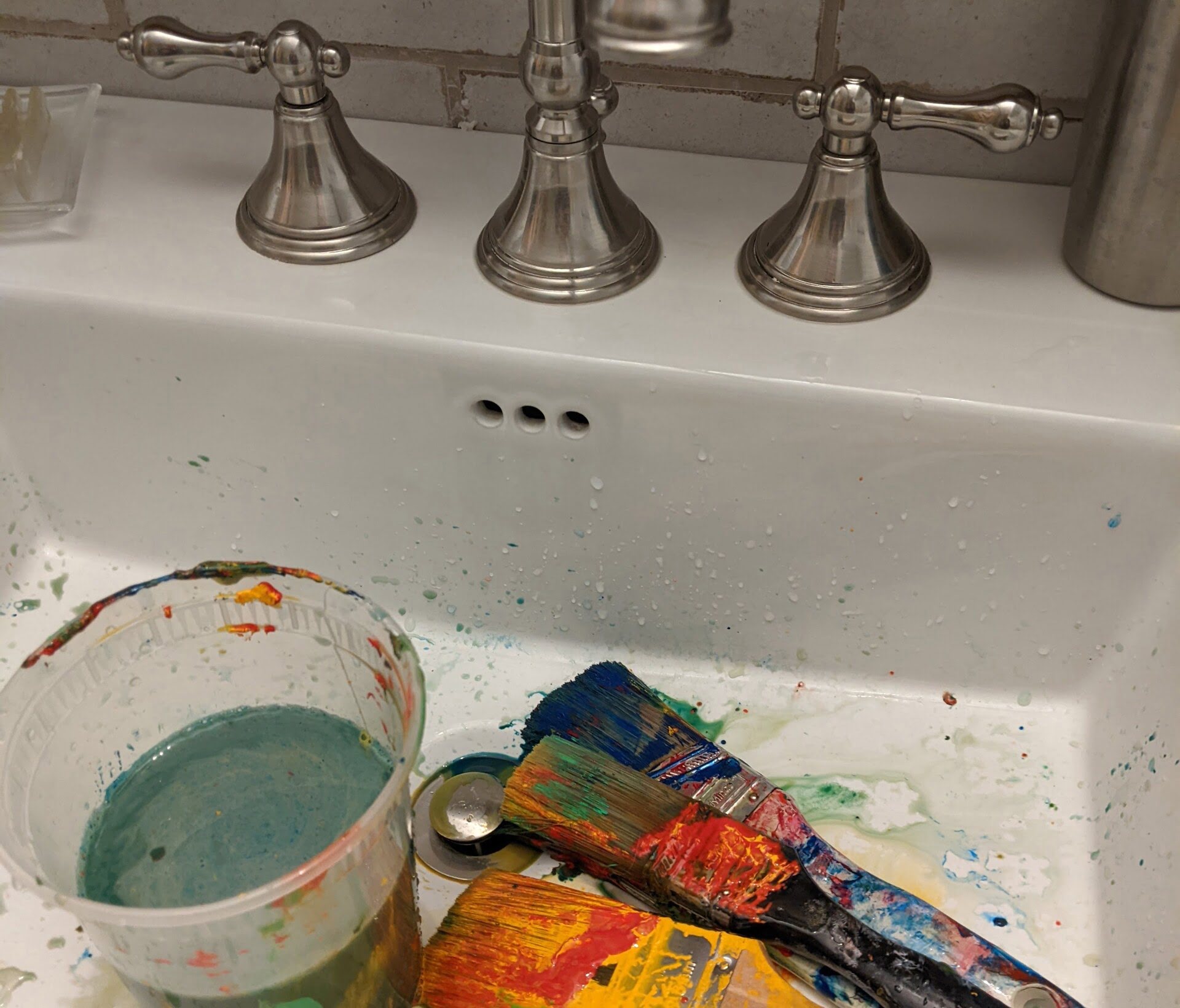
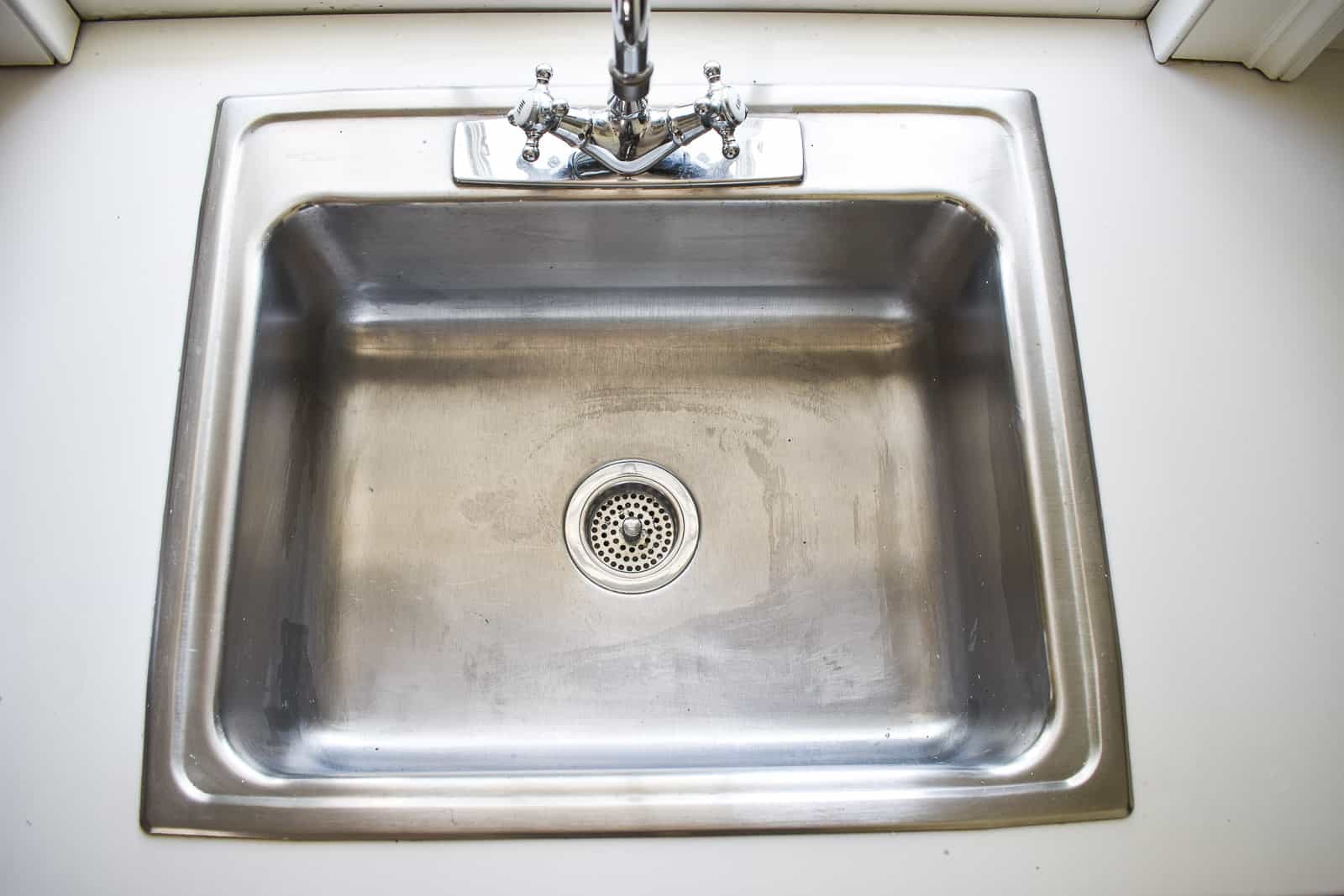
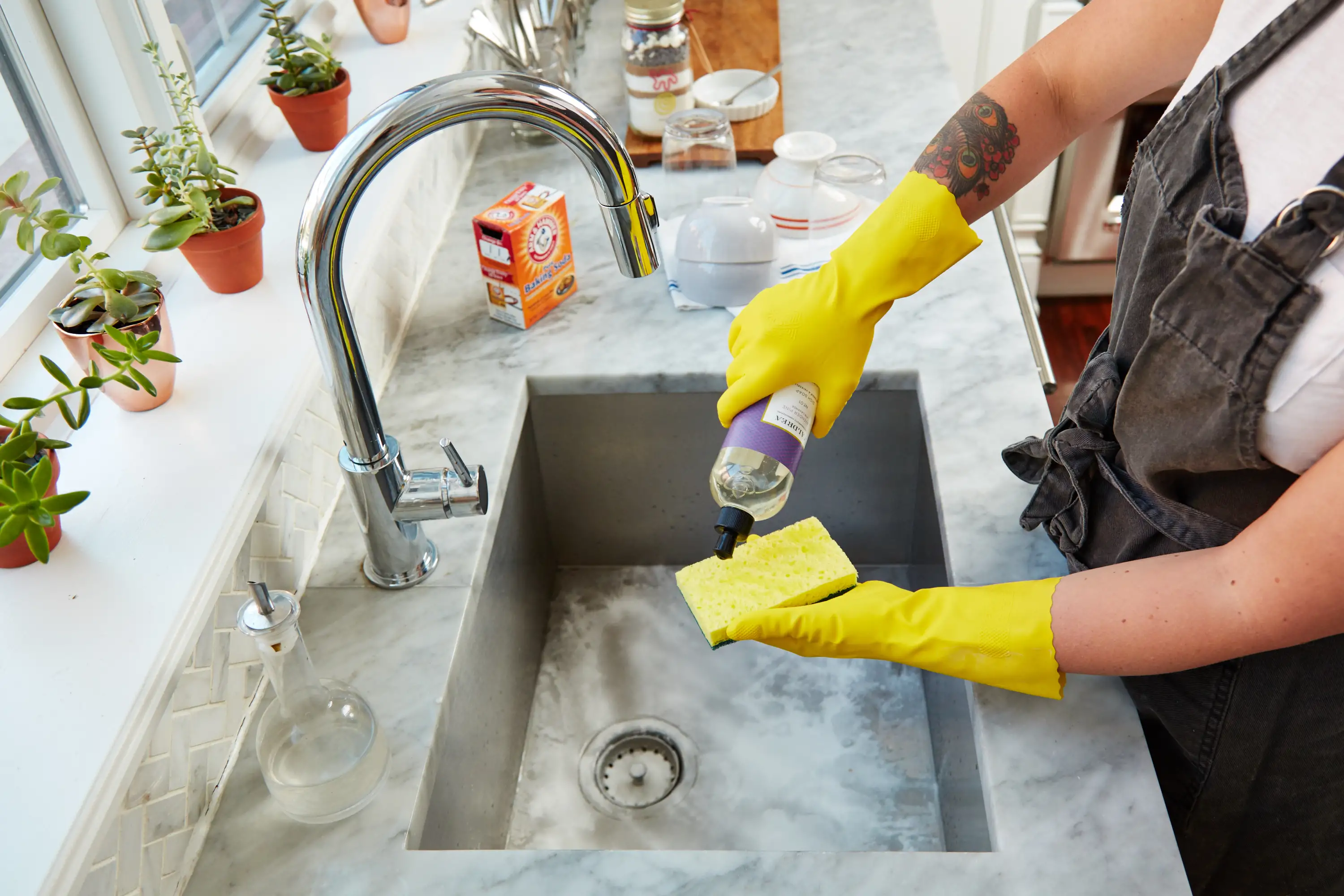
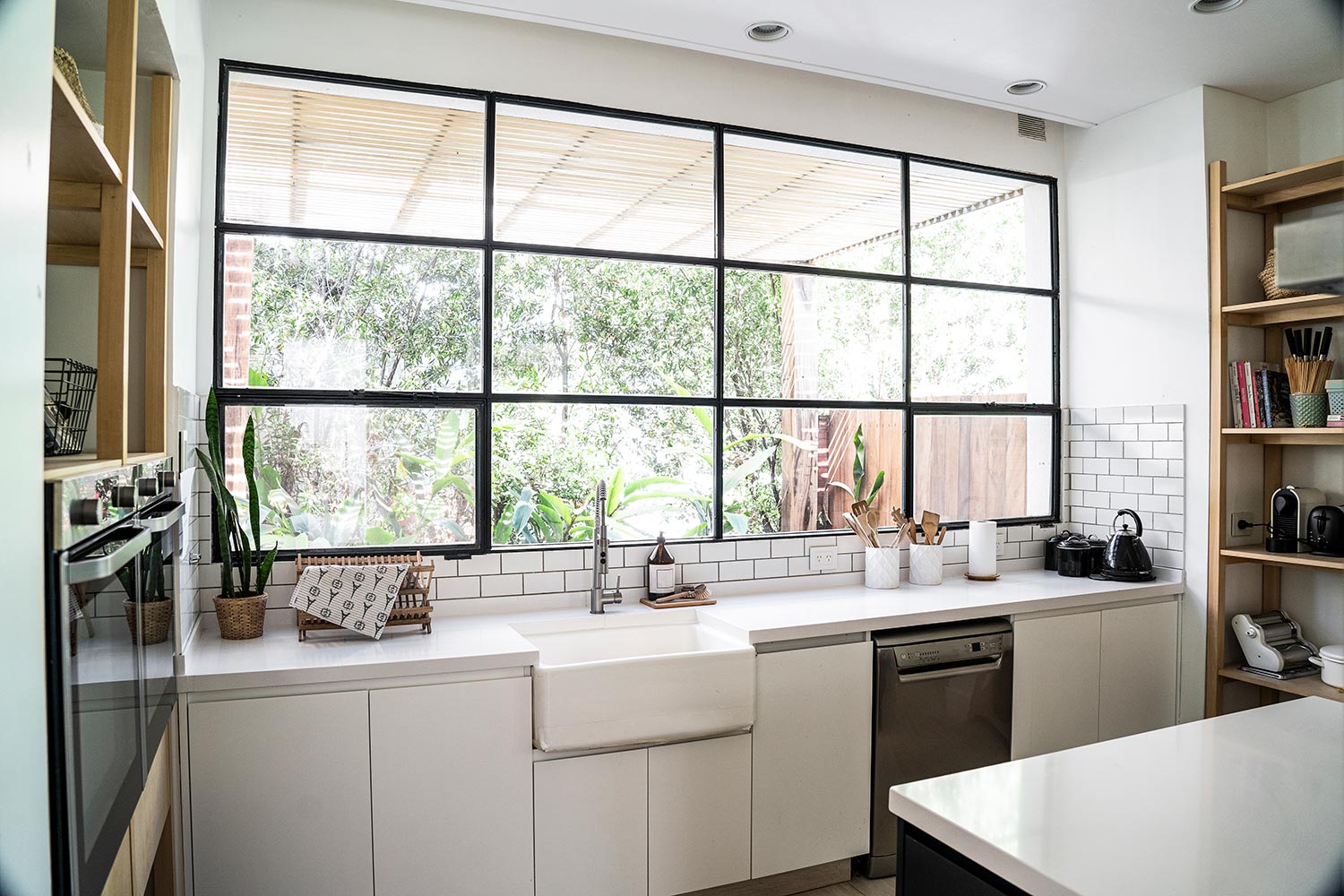
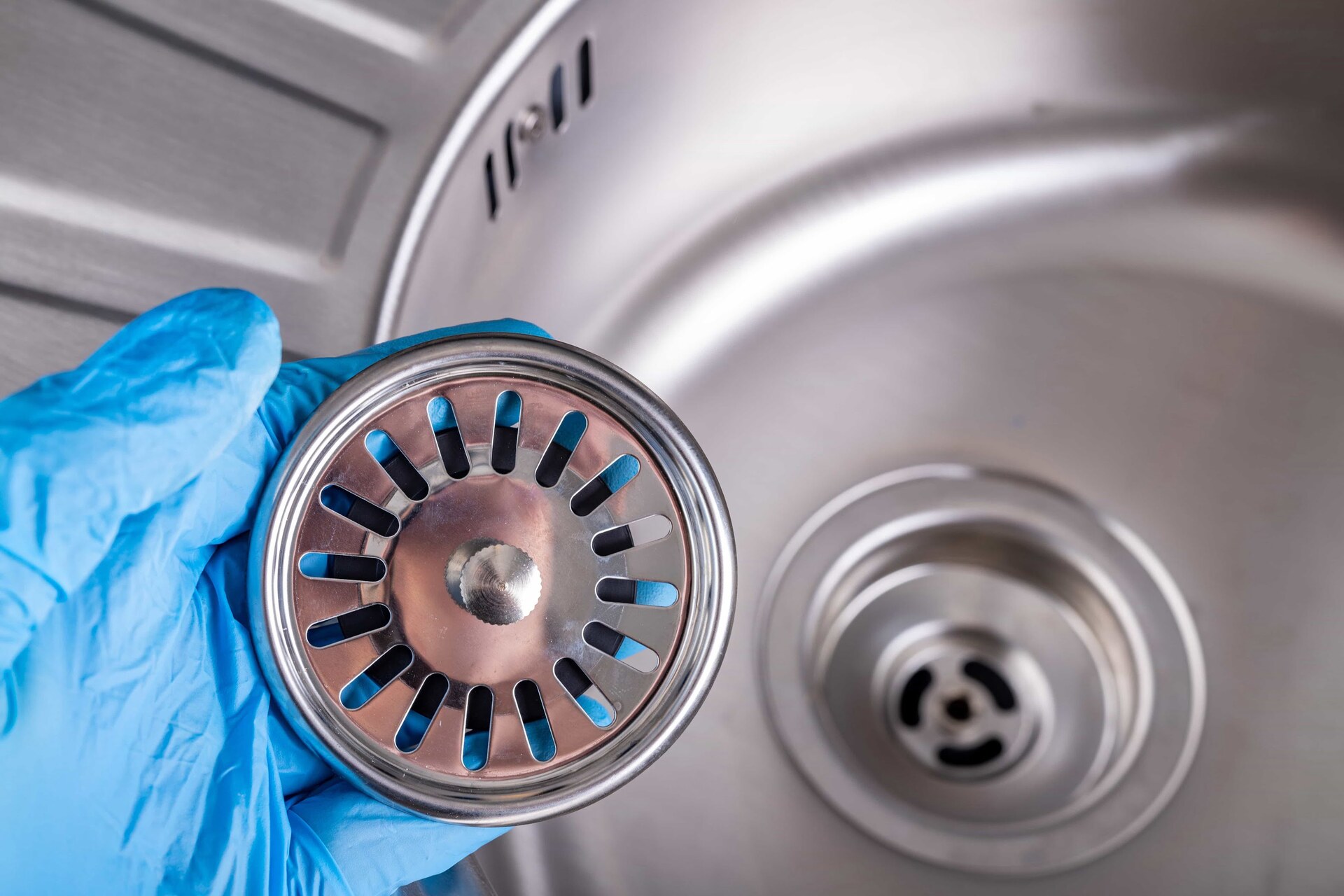


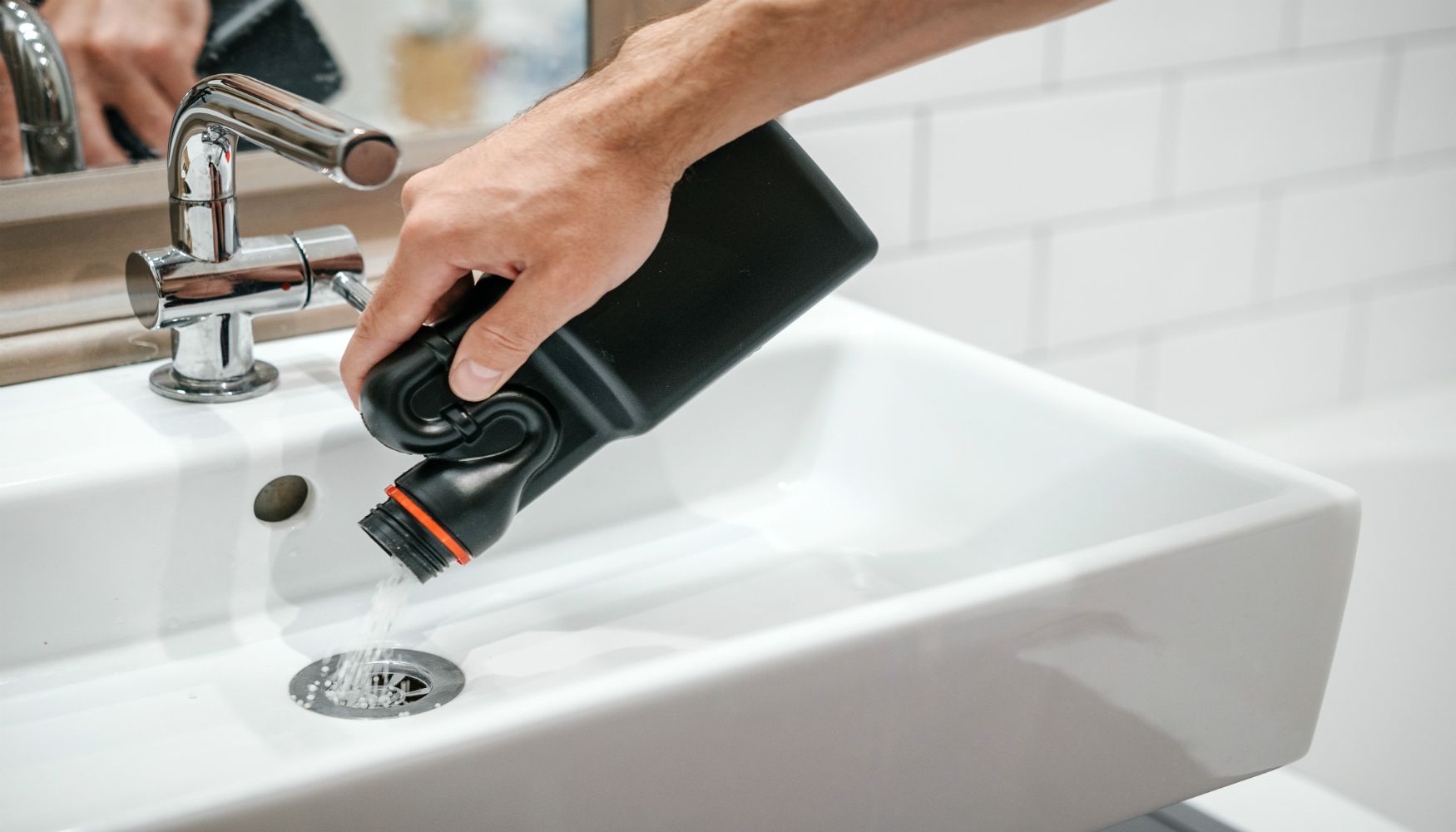
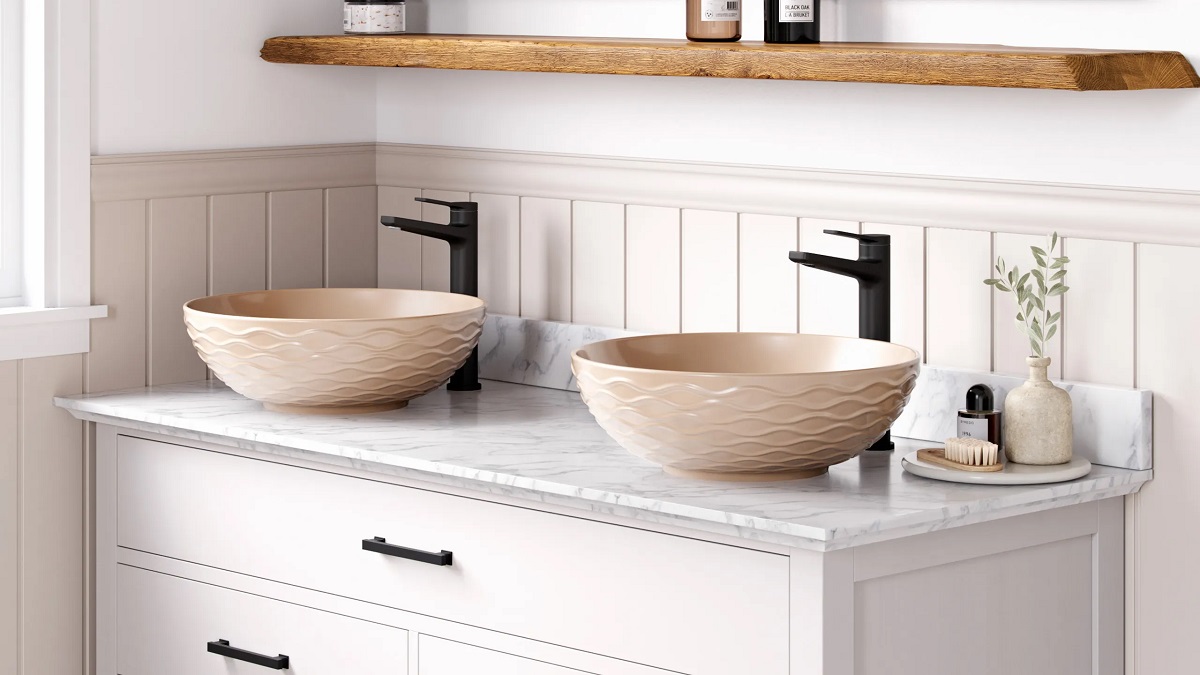
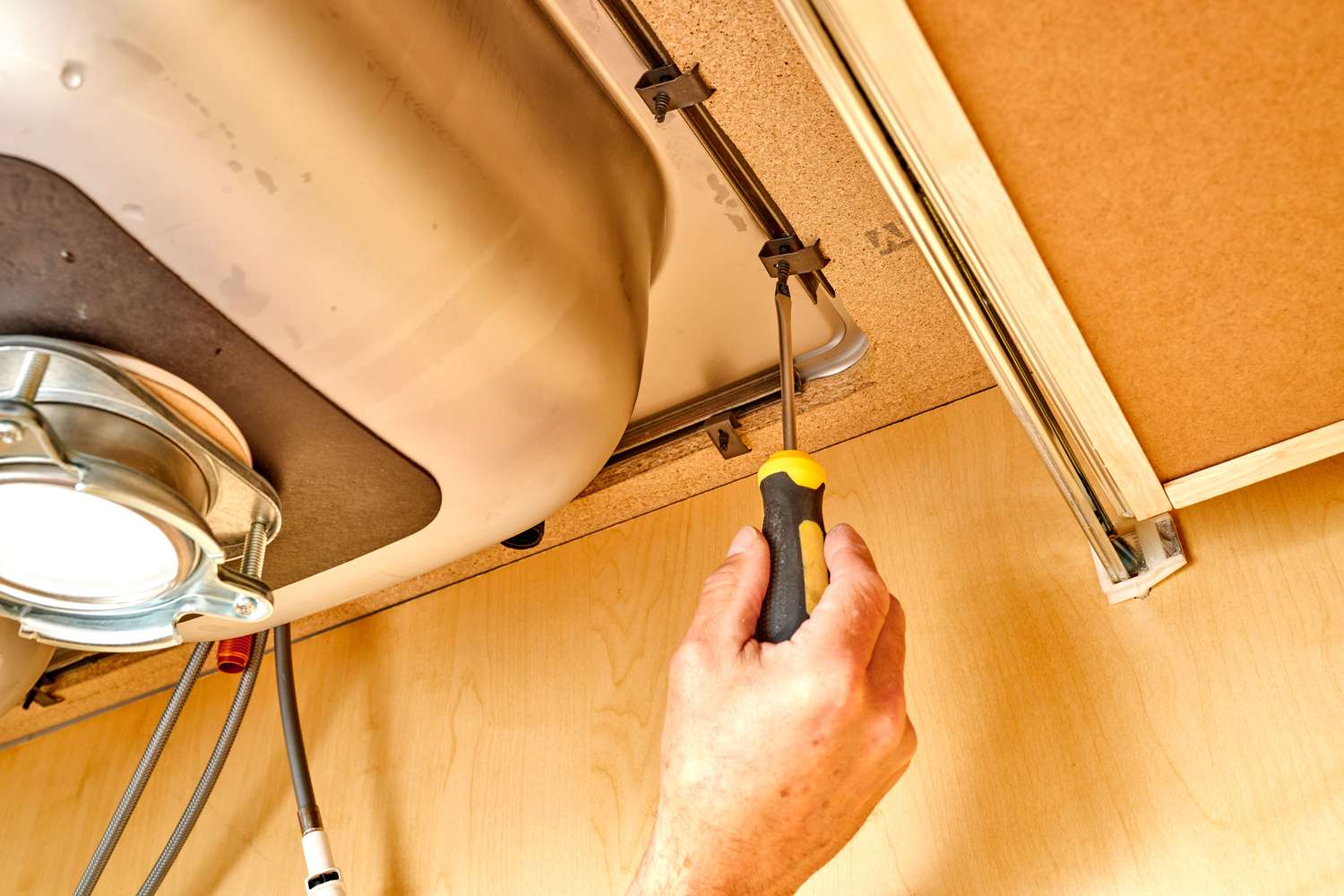
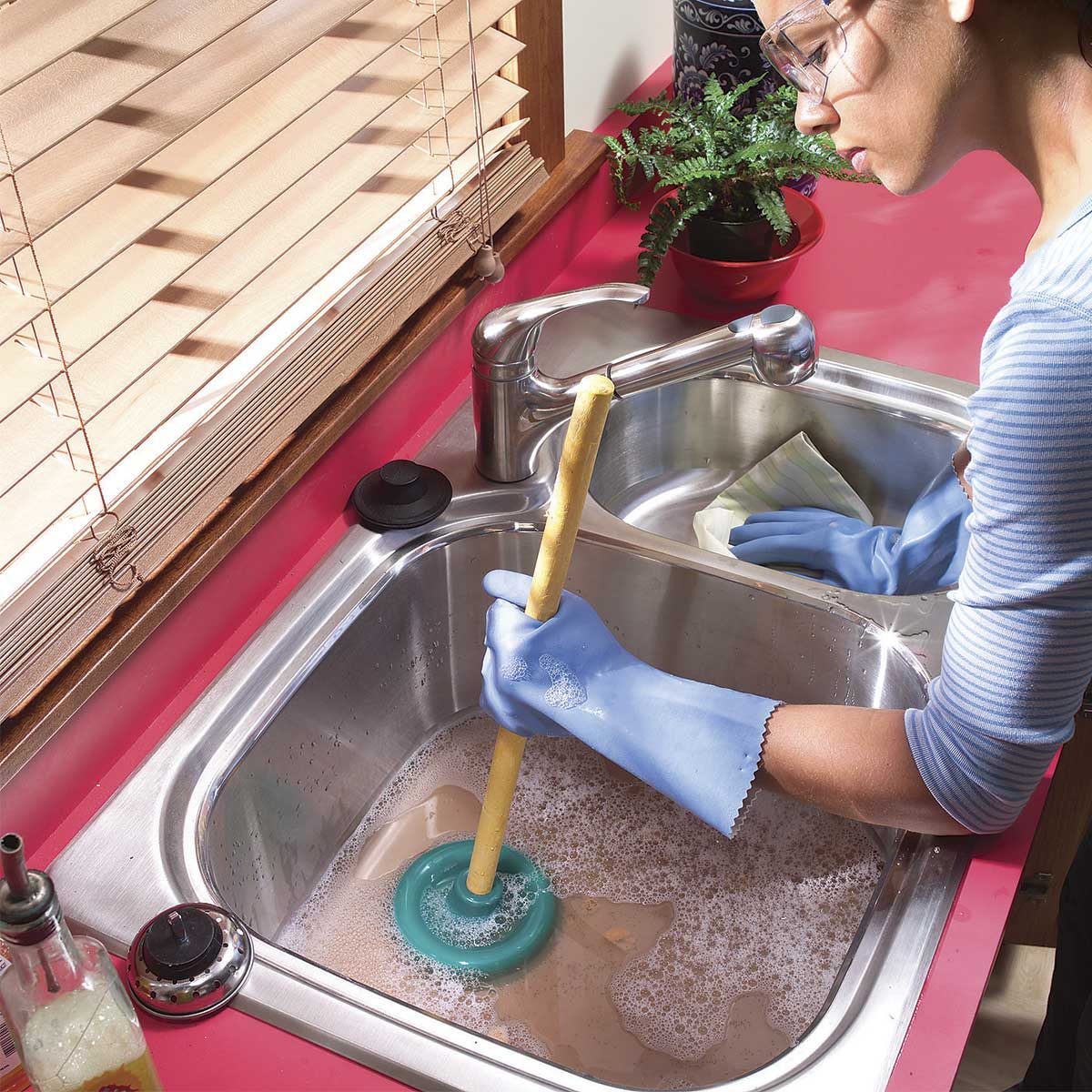
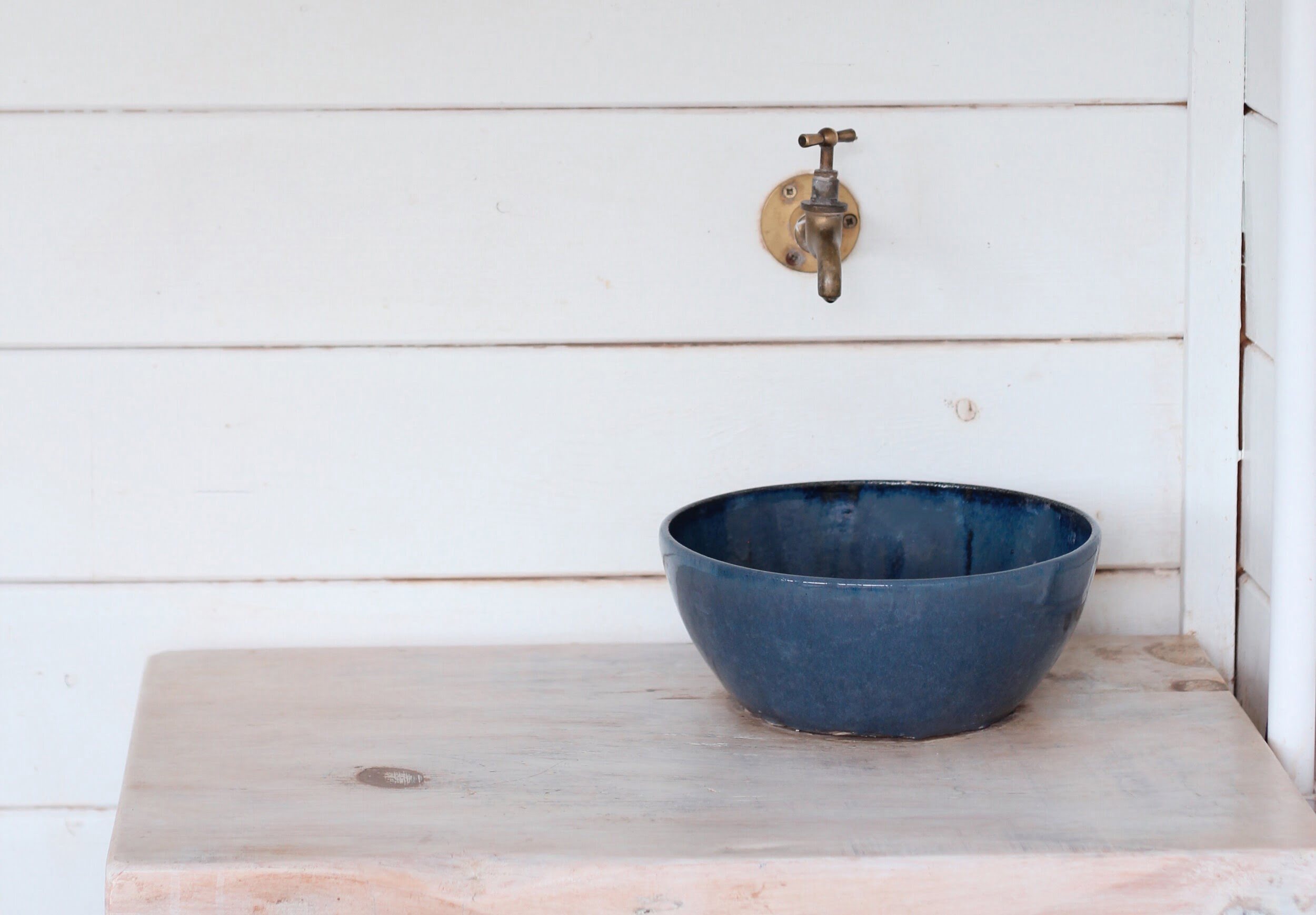
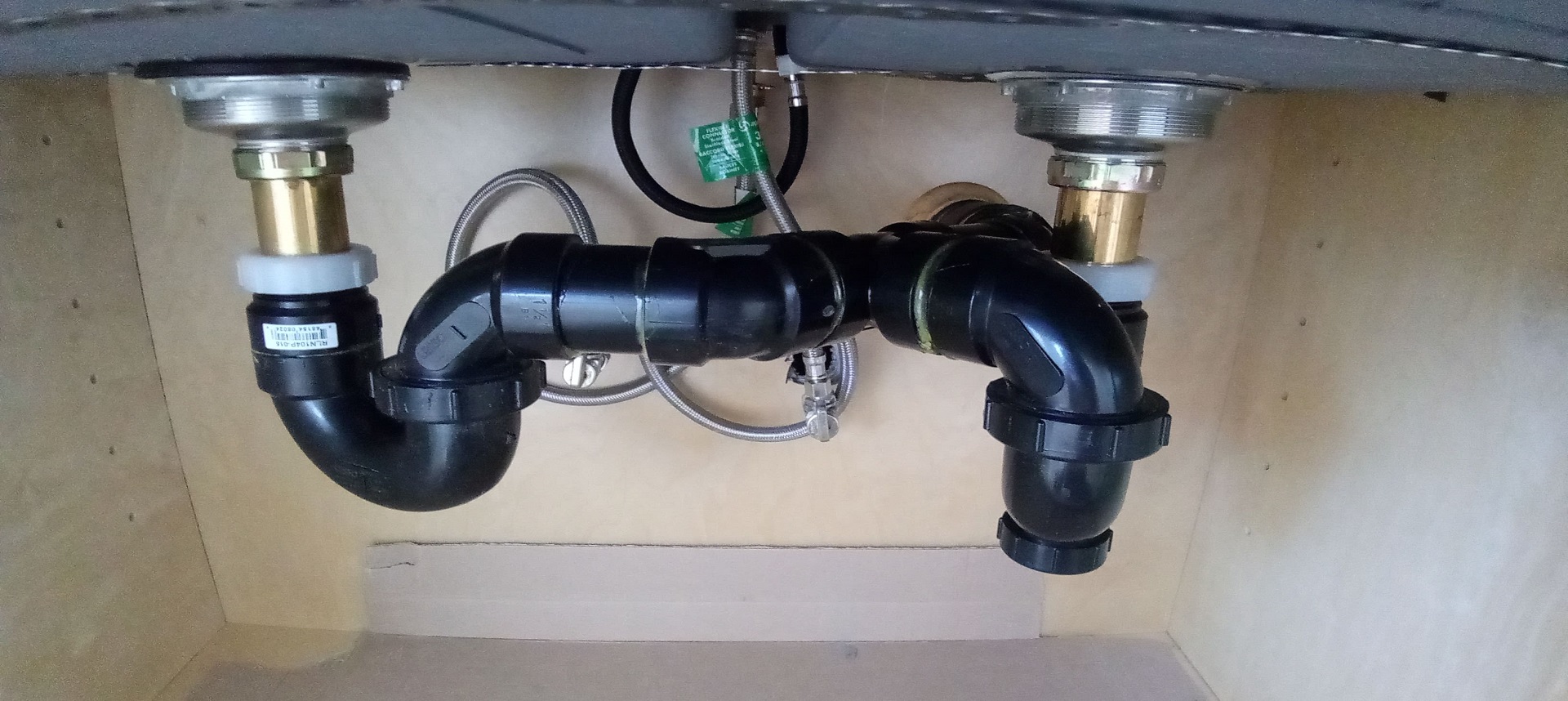

0 thoughts on “How To Paint Kitchen Sink”